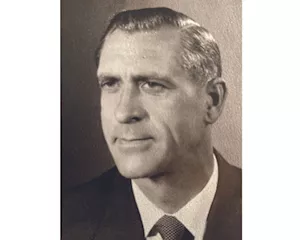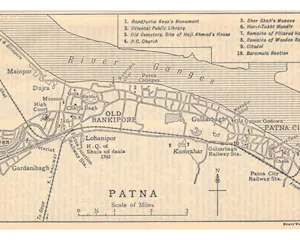25 years, is McDonald’s a success in India?
This week, McDonald’s completed 25 years in India. How time flies! I can still remember when the first McDonald’s restaurant opened in Delhi in 1996. There was a Nirula’s restaurant at the corner of Basant Lok which made way for the new American eatery.
24 Sep 2021 | By Sandeep Goyal
25 years down, McDonald’s, that arrived in India without its signature Big Mac (substituted in India by the Maharaja Mac, sans beef) has about 480 stores, of which 305 are managed by Amit Jatia’s Hardcastle which operates in the West and South of India and the rest by Sanjeev Aggarwal’s MMG (earlier by Vikram Bakshi’s Connaught Plaza Restaurants) that runs the North and East franchise. The numbers could have been much higher but for a long-running feud between McDonald’s and Vikram Bakshi that slowed down the brand’s growth for nearly a decade.
India must be one of the few countries in the world where burgers trail pizza. Of the estimated 6,500 QSR restaurants of international standing, Domino’s enjoys a whopping 19% market share in store count, pulling in 21% of all revenues through sales of pizzas. Even Subway with 500+ outlets numerically has better consumer outreach than McDonald’s. Thankfully, McDonald’s despite fewer store-fronts still pulls in 11% of all QSR revenues – though only a whisker ahead of KFC at 10% of revenues. Global competitor Burger King (if that is any consolation) has half the number of restaurants compared to McDonald’s and pockets about 5% of all QSR revenues.
So can we describe the McDonald’s journey of the past 25 years in India as a success? A resounding success? No, for sure. A success. Surely. But a lukewarm one. What in school teachers used to grade as ‘can do better’. With 1.2 billion Indians as potential consumers, 480 restaurants is a pittance for McDonald’s. The brand’s growth has been far slower than it should have been. And that has impacted both size and stature. The conquest of the India market has not been easy.
- Till the early 2000s, India was not really a serious ‘eat-out’ market. Only 3 out 100 meals were out-of-home at a restaurant or eatery. In the past 20 years that number has crept up to 8 or 9 per 100 – including takeaways and home deliveries. So the addressable market remains small.
- Globally, McDonald’s has had families with young kids as their core target audience. In India, the core franchise is more teenagers and college kids. The core proposition therefore of a family outing at McDonald’s has got diluted in India. Even kids’ play areas that are a standard feature at most McDonald’s restaurants globally are not a must-have norm in India. On the other hand, the teenage crowd equally frequents a CCD, a Costa Coffee, a Starbucks, a Taco Bell, a Domino’s, a KFC … not seen to be traditional competition to McDonald’s in other geographies.
- A burger as a full meal has been a difficult idea to sell in India. A burger was at best a snack. Enlarging the thought and selling it as a meal time consumption item is still work-in-progress for McDonald’s.
- In 2009, McDonald’s added a new line of premium coffee to their menu which led to the creation of McCafe globally. In 2010 McCafe added to their menu Real Fruit Smoothies to broaden their reach. Both product lines have very sparse presence or popularity in India so far. McDonald’s is said to be aiming for a 1,000 outlets count in the next five years. That is at best making haste, slowly. That number should already have been achieved in these 25 years gone by.
To be fair to McDonald’s despite the slow growth, today no food court in a mall is complete without a McDonald’s being present. That is the intrinsic pull of the brand. And in the last 25 years, even the most orthodox of Indian families has tasted McDonald’s at some or the other time.
In the next decade, McDonald’s needs to rev up manifolds in India. Try more bold food innovations (even Starbucks today serves Chole Paneer Kulcha and Bhuna Murgh Pie designed differently by Chef Sanjeev Kapoor) that suit the Indian palette. Most importantly, it has to re-build the kids and family franchise where many other competitors cannot make a dent. There is loads of work to do. It can’t really wait another 25 years.
Sandeep Goyal is managing director, Rediffusion














 See All
See All